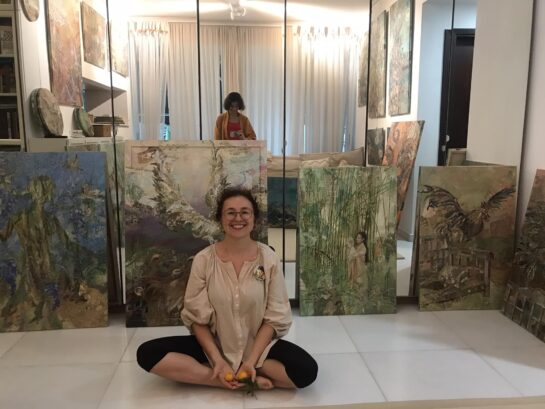
I have written the curatorial text for Kazakhstan-born, Singaporean artist Inessa Kalabekova, who has an upcoming show at the East Garden Gallery, of the Fullerton Hotel in Singapore, from March 1 to March 30, 2023.
I have visited the artist’s studio during my last trip to Singapore, and learned about her art practice that fuses collage and painting. Her new show is called “The Nature of Art”, and here the artist looks at nature through the eyes of mythology and poetry.
Read More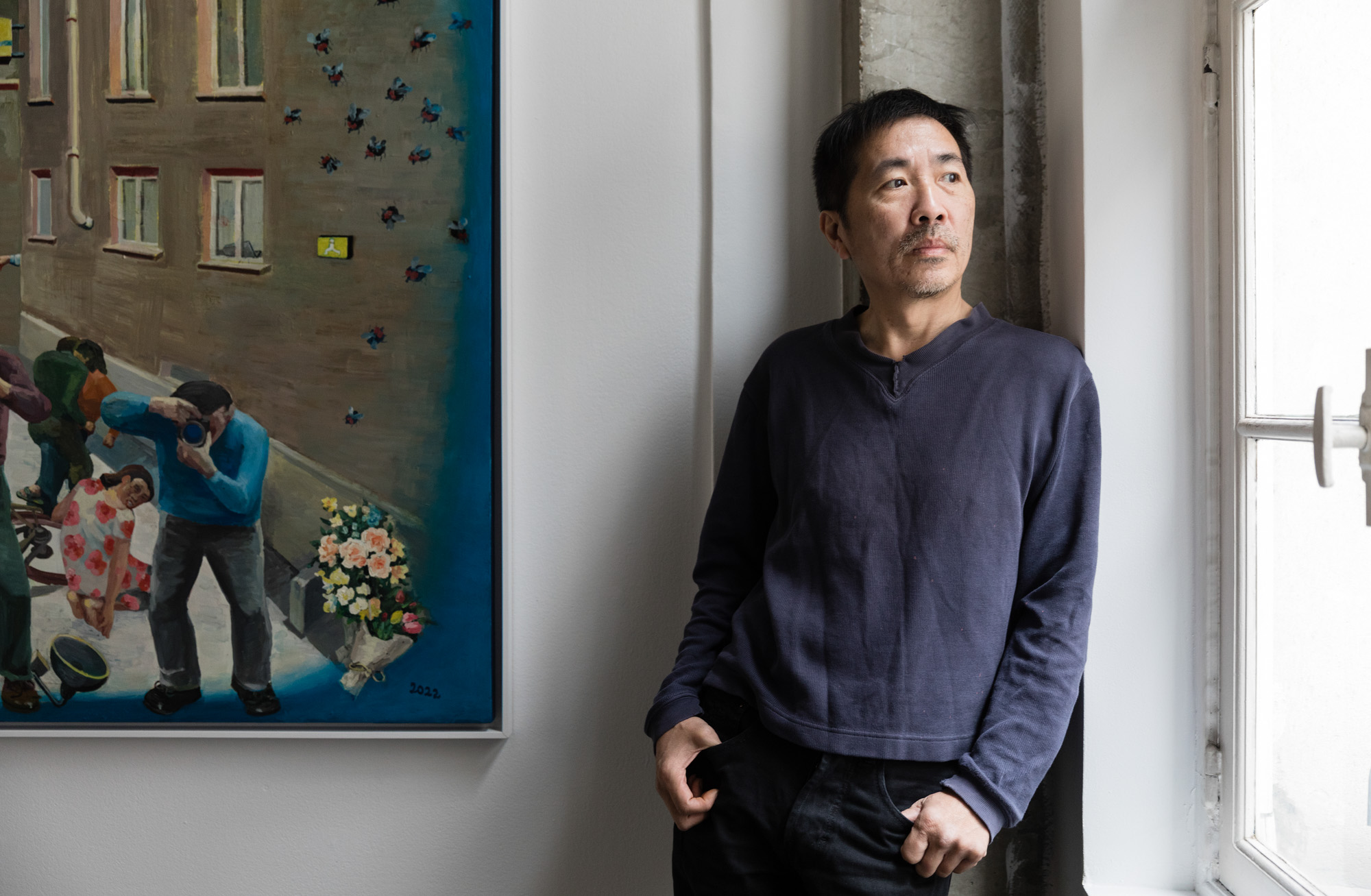
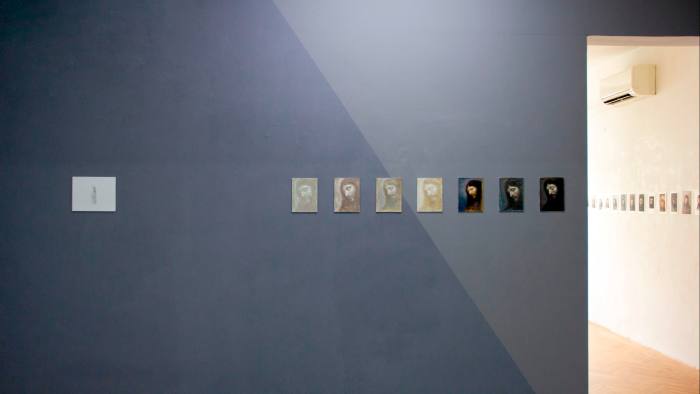



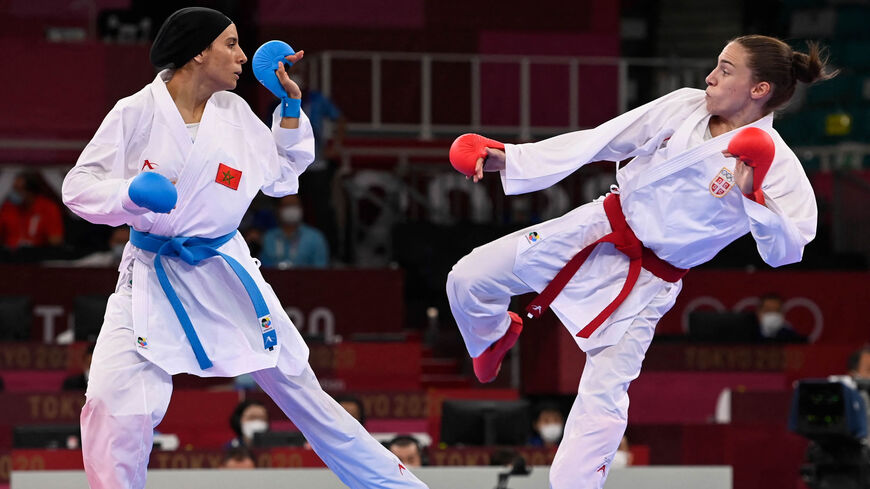


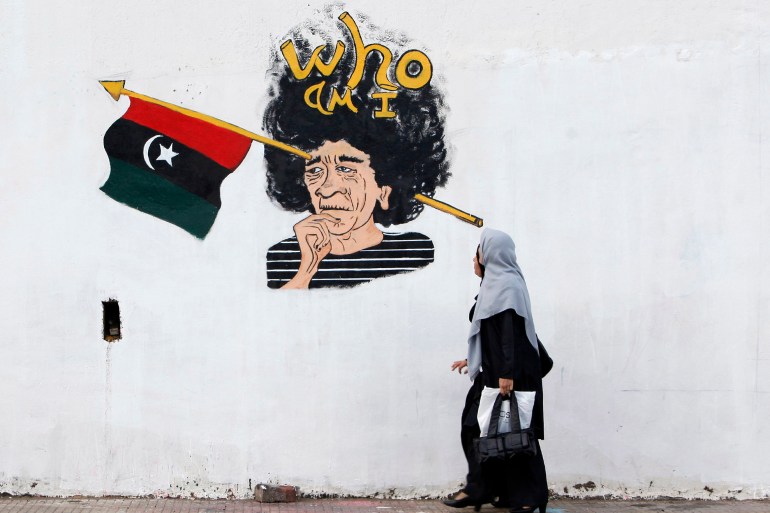

![Nameer Qassim, “Enough”, 2020, Acrylic on canvas, 100x100 cm [Courtesy of The Palestinian Museum US]](https://i0.wp.com/www.middleeastmonitor.com/wp-content/uploads/2022/04/Nameer-Qassim-Enough-2020-Acrylic-on-canvas-100x100-cm.-1-e1651149649212.jpg?resize=930%2C620&quality=85&strip=all&zoom=1&ssl=1)



